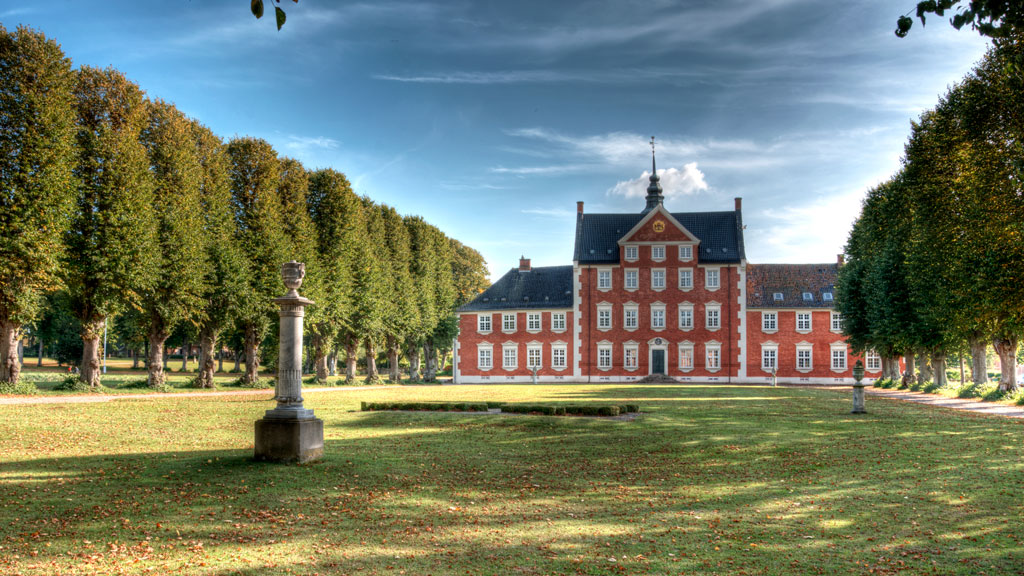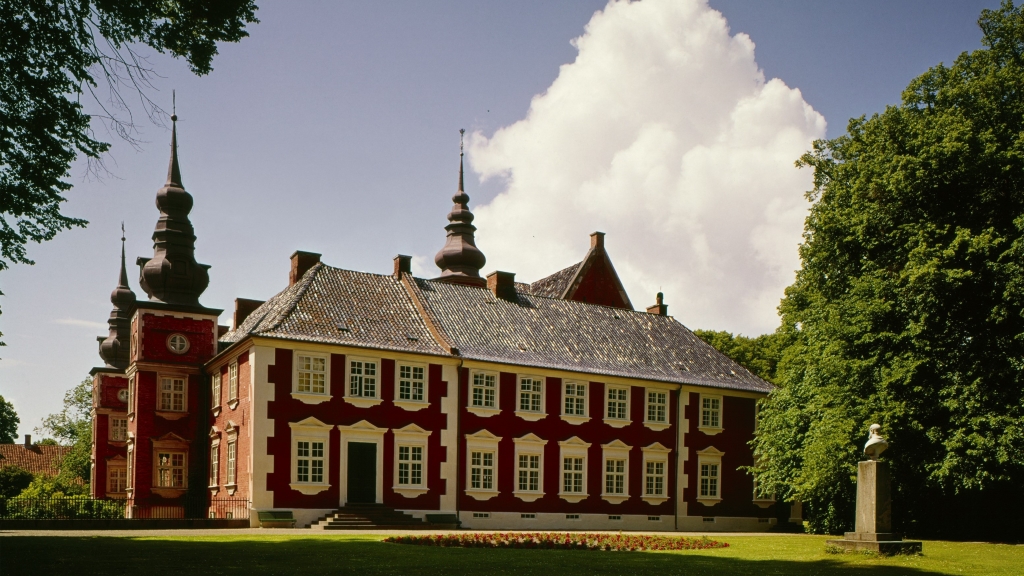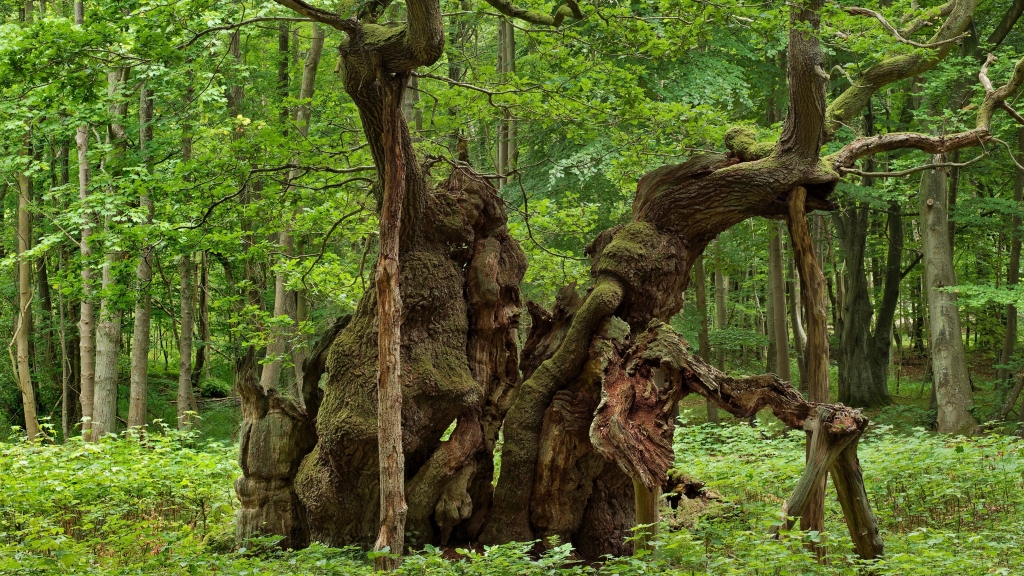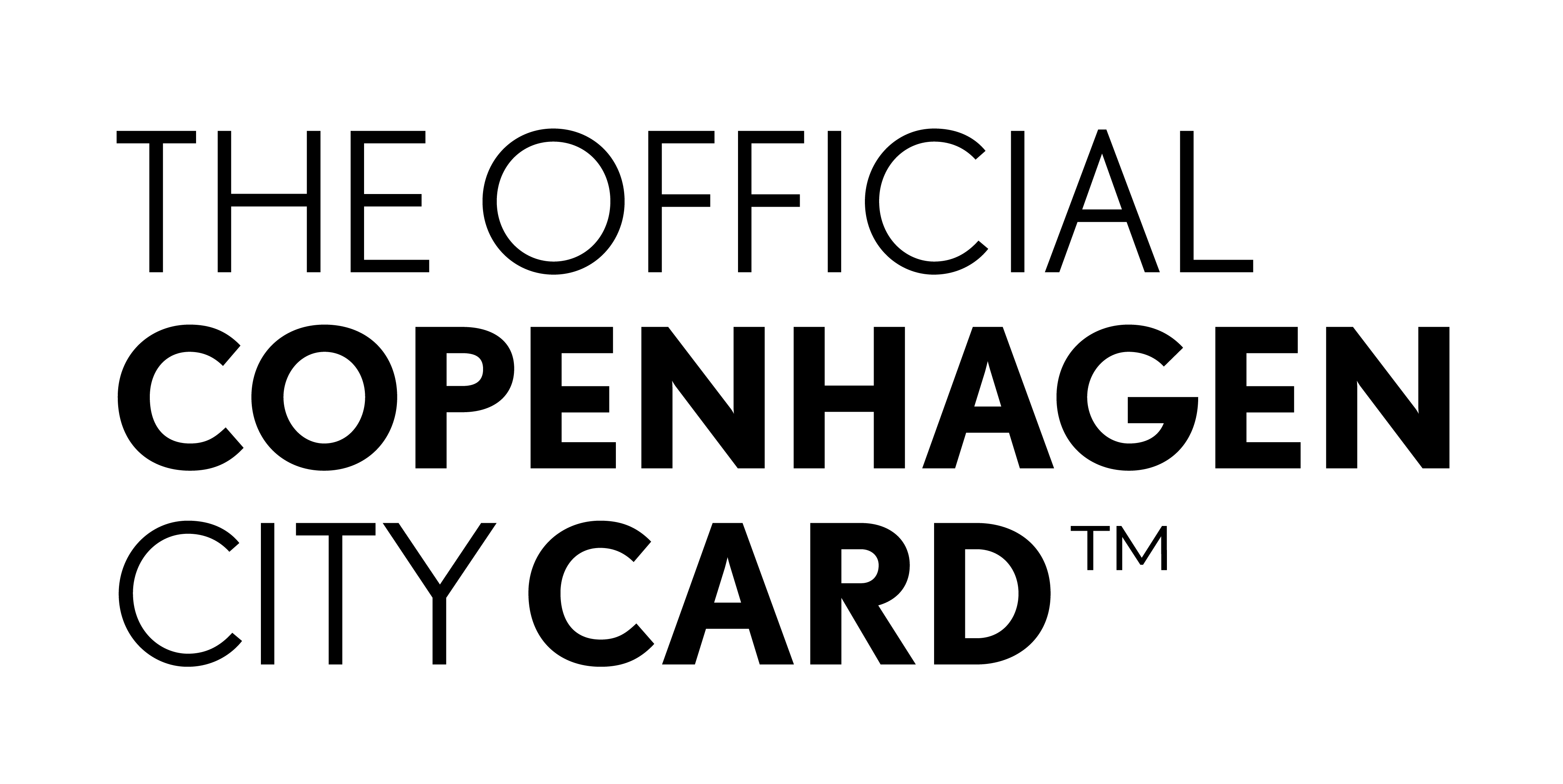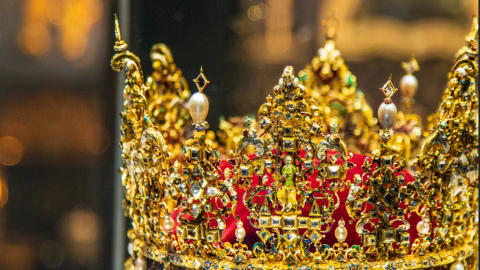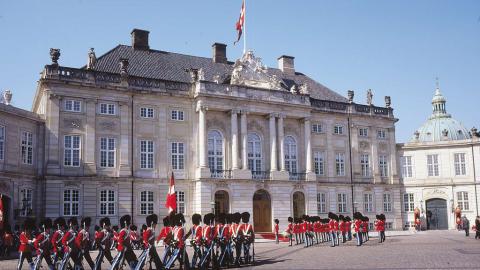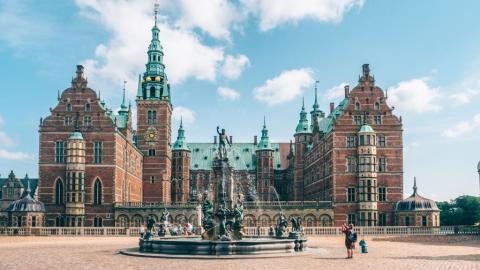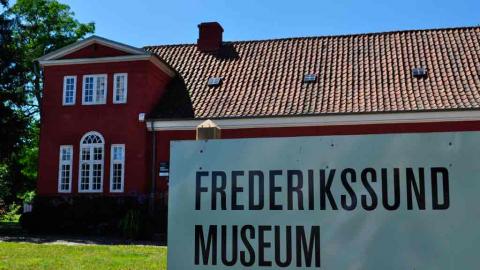Willumsen's Museum is a museum for the Danish artist Jens Ferdinand Willumsen’s art and art collection as well as his archive and books.
J.F. Willumsen – One of a kind and a great norm breaker in Danish art. Step inside his world, where transgressive, wild and ambitious works continue to challenge and fascinate us. Here at his museum you can experience Willumsen’s art, his private art collection and special exhibitions, as well as a range of activities for all ages.
Take a look inside Willumsens’s World. Today many of Willumsen’s major works stand as significant contributions to Nordic modernism, but equally many were previously dismissed and have only recently been reclaimed by art history. Throughout his life Willumsen was determined to go his own way, and some of his most radical and explosively colourful works were made towards its end. This late period has, until recently, been largely underestimated, fulfilling Willumsen’s prophecy that his art would only be understood by posterity.
Exhibitons (willumsensmuseum.dk):
'Like a Moth to the Flame', 10.2.24-28.7.24
There is a series of incredible coincidences in the works of Margin Bigum and J.F. Willumsen. Themes, color tones and motifs sneak in and out of each other across time and place. These coincidences - which have in the exhibition been placed side by side - in themselves make a juxtaposition between the two artists interesting. However, it is the artistic process, seen from the perspective of the creative artist, that is the core of the exhibition. At the exhibition, the audience can experience paintings, lithograåhs, sculptures, photographs, drawings and sketches by Willumsen and Bigum - from their very young years to their mature productions.
Willumsen's World
The first time Jens Ferdinand Willumsen (1863-1958) really caused a stir in Denmark was in 1891, the year he sent the etching Fertility from Paris to an exhibition in Copenhagen. Willumsen’s simple, symbolic portrayal of his pregnant wife and his proclamation of ‘new art’ outraged the Danish art audience, who nevertheless stood in line to see the scandalous work. Willumsen has divided opinion with his visually brash, often flamboyant, and at times extreme figurative art ever since.
Willumsen breathed new life into the art of painting. He drew on tradition, but was also in dialogue with the popular culture of his own age. Quick strokes, caricatures, and loud colours were recurrent elements in many of his works as a painter. As a sculptor his works were monumental, the most famous being The Great Relief, now in the main gallery of the museum but originally intended for a bar in Chicago. Willumsen designed several buildings, including his own home in Hellerup, north of Copenhagen. In the 1930s he also designed a museum for his art and collection. The museum did not open until 1957, in the town of Frederikssund where his grandfather was born.
Willumsen was active as an artist for over 70 years. He experienced two world wars, radical technological transformations, the break with identifiable motifs in avant-garde art, and the birth of modern, abstract painting. He travelled to the US, North Africa, and numerous European countries, and lived in the South of France from 1916 until his death in 1958.
Willumsen lived with three different women during his lifetime, all of them active in the arts. The sculptor Edith Wessel, who Willumsen married in 1903 and never officially divorced, played a major role in his life and art, as did the French dancer Michelle Bourret, who he lived with later in life.
Today many of Willumsen’s major works stand as significant contributions to Nordic modernism, but equally many were previously dismissed and have only recently been reclaimed by art history. Throughout his life Willumsen was determined to go his own way, and some of his most radical and explosively colourful works were made towards its end. This late period has, until recently, been largely underestimated, fulfilling Willumsen’s prophecy that his art would only be understood by posterity.
Willumsen collected paintings he attributed to Rafael, Leonardo Da Vinci, El Greco, Rembrandt and Cézanne. He clearly saw himself as the last in a long line of master artists who had gone beyond the limits of the possible during their own lifetime. The museum houses Willumsen’s Old Collection of genuine and counterfeit works, which is key to understanding his artistic world and vision.
Here we show a selection of Willumsen’s wide-ranging and all-embracing oeuvre. Through his self-portraits, the manifestation of his joie de vivre and exuberance in a monumental beach scene, and his use of collage aesthetics in the painting The Wedding of the King’s Son we trace the work of an artist of the past who continues to lay claim to his rightful place in the present.
